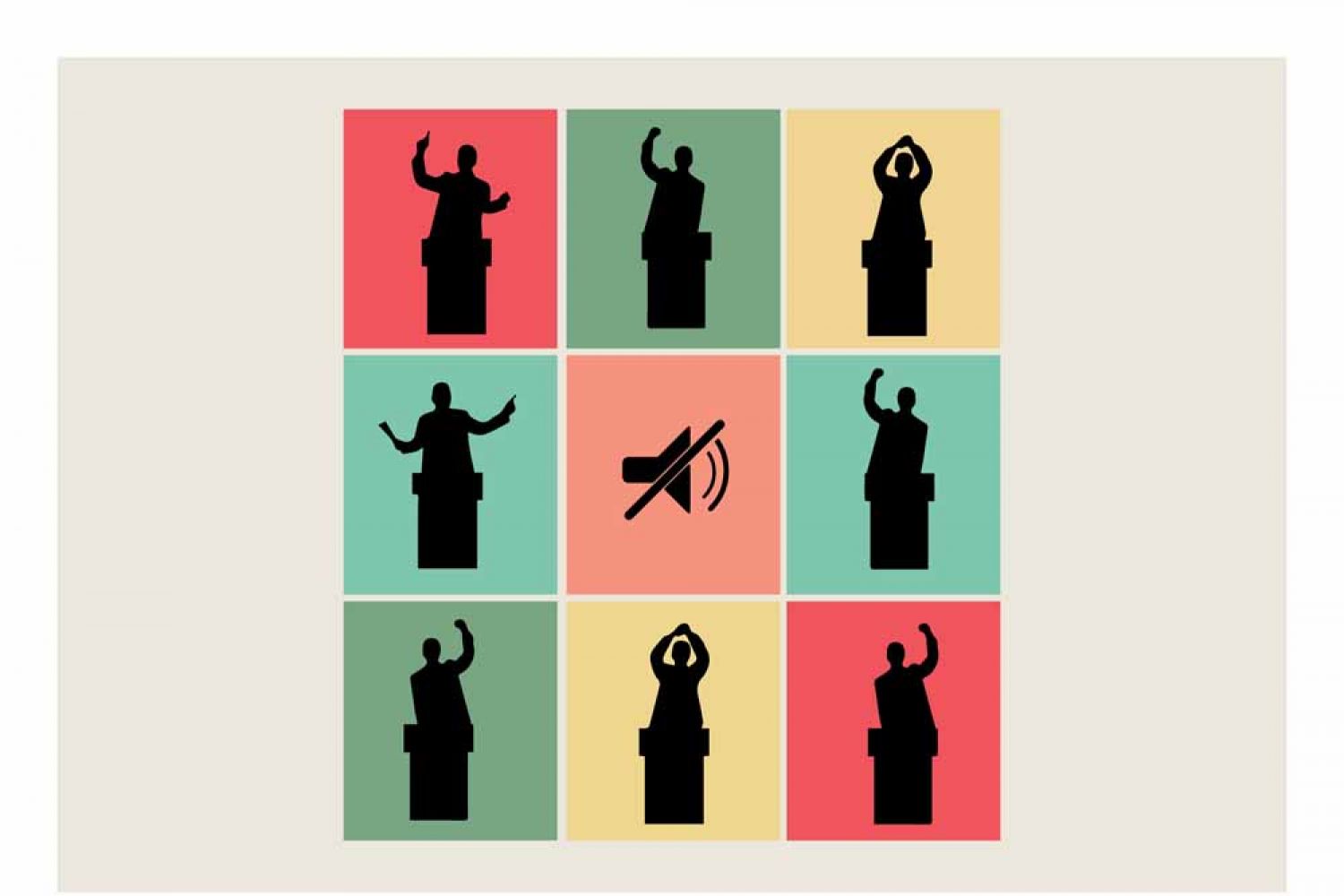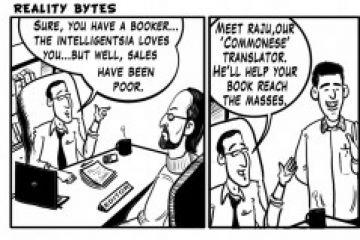
Most of us
believe that most of what we believe is absolutely true. In other words, we
read before we believe and we believe only what we read. That is one of the
basic premises of our lives. One of the reasons for that is the power of the
written word, whether printed or online. It can still compel obedience though
it’s been shown again and again that much of what we read may be only partially
accurate and some outright untrue. It is also possible, of course, that much of
the time we re





